Was the Trump-Putin Alaska meeting about Ukraine — or China?
US President Donald Trump’s foreign policies may appear volatile and capricious, yet they have a hard, immutable core: the containment and strangulation of China. His latest meeting with Russian President Vladimir Putin, could also be seen in that light, says Russian academic Artyom Lukin.
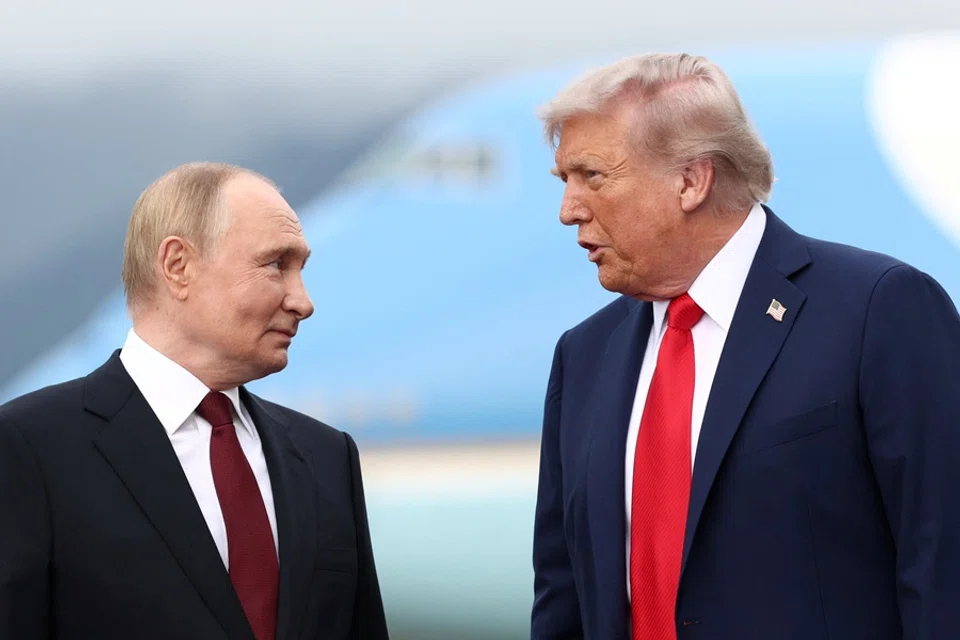
On 15 August, Donald Trump and Vladimir Putin held what many hailed as a historic summit in Alaska. The meeting was indeed significant, if only because it marked Vladimir Putin’s first appearance on US soil since his UN-related visit to New York in 2015.
Since that time, Russian-American relations have deteriorated, reaching an absolute nadir with the onset of the Ukraine war in 2022. Having become the main international supervillain in Washington’s eyes, a visit by Putin to the US was unthinkable. The red carpet rolled out for Putin on the tarmac at Elmendorf-Richardson Air Base epitomised the shift that the second Trump administration brought to the US-Russia relationship.
Alaska the meeting point
Curiously, Trump was not the first US president to prefer Alaska as a venue for a high-stakes rendezvous with the Russian leader. In May 1943, Franklin Roosevelt wrote to Joseph Stalin, suggesting that they have an intimate meeting in the vicinity of the Bering Strait, where America’s and Russia’s landmasses come together:
“…The second problem is where to meet. Africa is almost out of the question in Summer and Khartum is British territory. Iceland I do not like because for both you and me it involves rather difficult flights and, in addition, would make it, quite frankly, difficult not to invite Prime Minister Churchill at the same time.
Therefore, I suggest that we could meet either on your side or my side of Bering Straits. Such a point would be about three days from Washington and I think about two days from Moscow if the weather is good. That means that you could always get back to Moscow in two days in an emergency…”
Putin got his first face time with the US president in many years and apparently succeeded in convincing Trump that a comprehensive peace agreement on Ukraine was better...
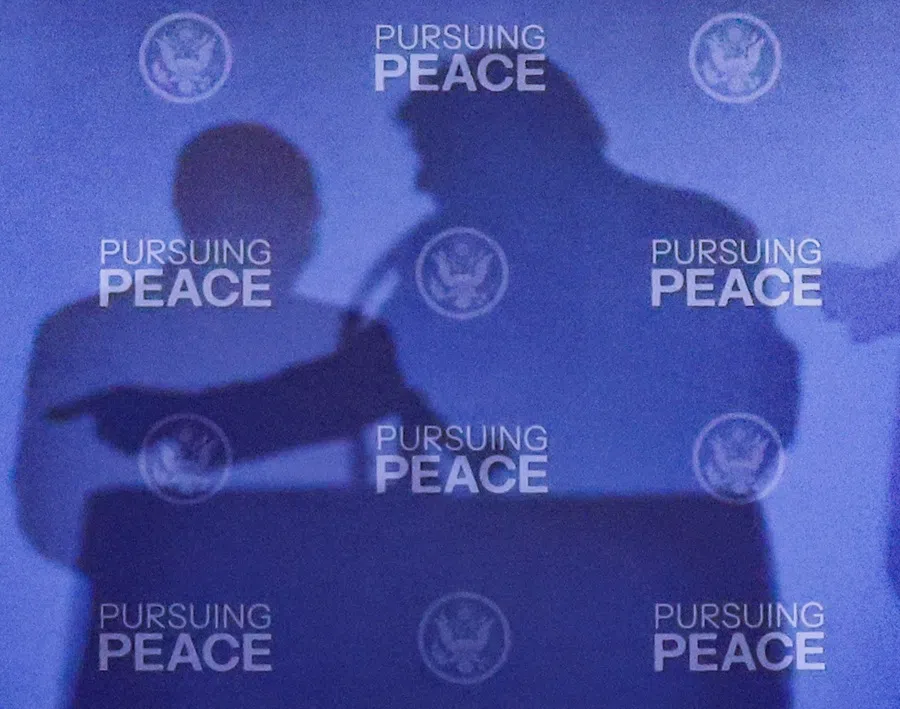
The envisioned bromantic tête-à-tête in the high North never happened, with Stalin and Roosevelt seeing each other for the first time in Tehran in November 1943.
Theatrics at the Alaska summit
Back then, the US, the Soviet Union and China were allies in the Second World War. In 2025, the geopolitical configuration is somewhat different. Russia and America are on opposite sides in many international issues, with the Ukraine question being the foremost among them. This causes many people in the American elite, especially those in the liberal and neocon circles, to see the US-Russia relationship in terms of a zero-sum game. For example, the Washington Post proclaimed that the Alaska summit was “a U.S. defeat”, seeing the very fact of inviting Putin to the US as a major concession to Moscow.
Apart from the substantive matters of war and peace, the Alaska summit was very much about creating a spectacle. The theatrics were somewhat ambivalent, however. Putin was greeted not only by an applauding US president but also with a display of America’s state-of-the-art weaponry, including B-2 strategic bombers, F-22 fighter jets and F-35 warplanes. The meeting adjourned somewhat abruptly, with the planned lunch and expanded-format talks cancelled. Nevertheless, both sides declared the summit a success. Perhaps they had good reason to do so.
It was a win because the Trump-Putin meeting was never about Ukraine in the first place. It may have been more about China.
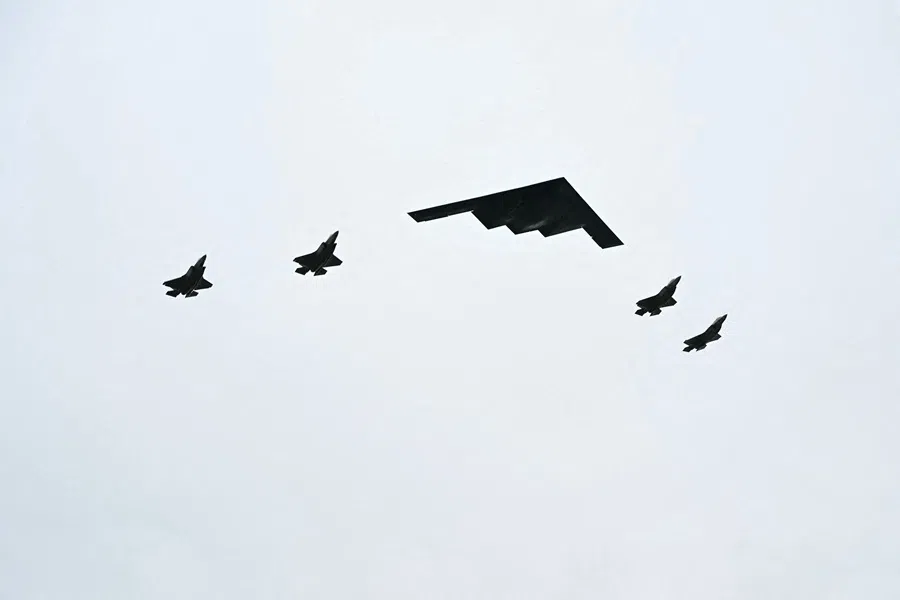
Putin got his first face time with the US president in many years and apparently succeeded in convincing Trump that a comprehensive peace agreement on Ukraine was better than a mere ceasefire being pushed by Volodymyr Zelenskyy and his backers in European capitals.
China, the hidden agenda
Although the Alaska summit did not produce a final deal on Ukraine, it was a win for Washington, too. It was a win because the Trump-Putin meeting was never about Ukraine in the first place. It may have been more about China.
This is where things get a bit complicated. There is no doubt that Trump personally wants the Ukraine war to end as soon as possible. Without irony, he is a man who values peace and genuinely abhors war. Also, Trump covets the Nobel Peace Prize, which the successful resolution of the Ukraine conflict could finally bring him. In this sense, the Alaska summit was indeed about Ukraine.
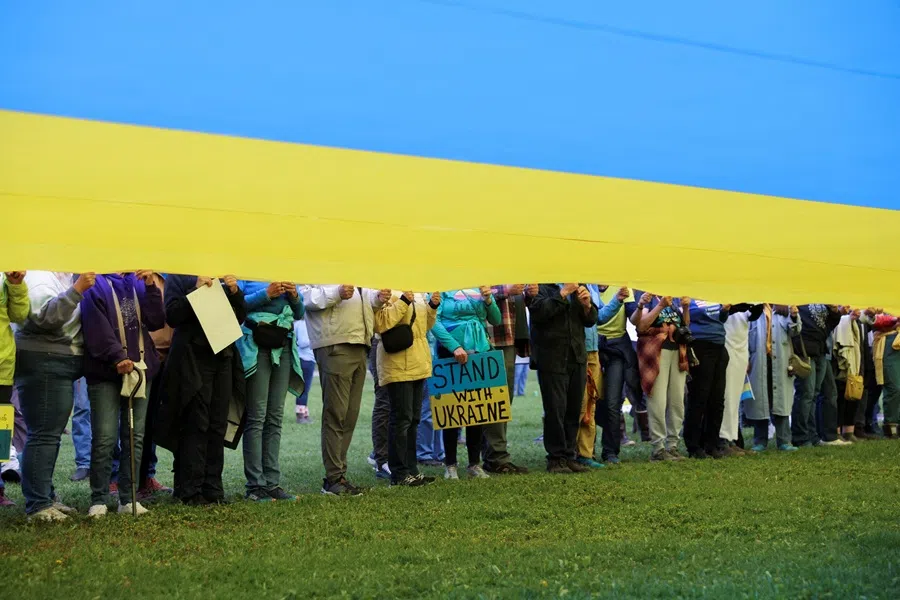
In the grander scheme of things, however, the picture is somewhat different. As a peace-loving individual, Trump seeks to end the bloodshed in eastern Europe. Importantly, his wife, Melania, shares this sentiment. However, the US, as a geopolitical entity, does not have a vital interest in ending the Ukraine war. Europe does. Russia does. But not America.
In fact, the US may have an interest in prolonging this conflict. History shows that America often benefits from major wars, provided they occur far from US shores. The Ukraine war has enabled American arms manufacturers to sell and test more of their weapons, while American oil and gas producers have captured the lucrative European market.
[Peter] Thiel regards Putinist Russia with little sympathy but far more calmly, primarily because he does not see it as a geopolitical adversary as dangerous as China...
Worries about a Sino-Russian bloc in Eurasia
The Russia-Ukraine war dragging on for a few more years is not a concern for the people who run American grand strategy under Trump. Their main worry is that Russia, being antagonised by the West, has been drifting into China’s orbit. The formation of a Sino-Russian bloc in Eurasia is a growing possibility that must be prevented.
Trump himself is not particularly anti-China. However, many key persons around him are sinophobic. They include Vice-President JD Vance, Secretary of State Marco Rubio, and Defence Secretary Pete Hegseth. The most anti-China figure in the US top elite is likely the techno-billionaire Peter Thiel, the éminence grise of Trump’s own deep state.
Thiel calls contemporary China “a half fascist, half communist gerontocracy”. According to him, the PRC represents a regime which is “a socialism of a nationalistic sort, and it’s extremely racist.” Thiel regards Putinist Russia with little sympathy but far more calmly, primarily because he does not see it as a geopolitical adversary as dangerous as China, and perhaps also because Russia is racially and culturally much closer to the West than China. Thiel believes that the West should avoid pushing Moscow into Beijing’s embrace.
Beijing will be guessing whether Trump and Putin have discussed China and if such discussions were at China’s expense.
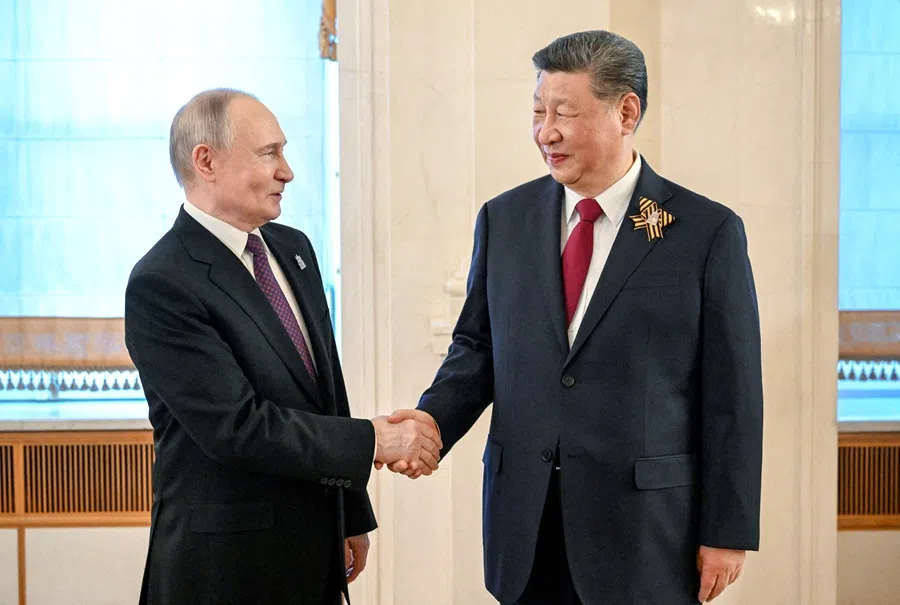
Trump’s foreign policies may appear volatile and capricious, yet they have a hard, immutable core: the containment and strangulation of China. In contrast to the Biden administration, which pursued “dual containment” against both Russia and China, the Trump administration’s geostrategy, shaped by Thiel and his allies, concentrates on China as the paramount threat. In an interview with Sean Hannity following the talks with Putin, Trump let out that the US must prevent a Sino-Russian entente.
In a competition between the established superpower (the US) and a new superpower (China), the alignment of Russia will not be the most decisive factor, but still important enough. By having Putin in Alaska, Trump demonstrated to China that the US can engage Russia. Beijing will be guessing whether Trump and Putin have discussed China and if such discussions were at China’s expense.
The Alaska meeting could mark the first major step toward recalibrating the US-China-Russia triangle, encouraging Moscow to shift away from Beijing and move closer to Washington. This does not mean that Russia and China would become enemies or that Russia and the United States would become allies. However, it could lead to Moscow adopting a more equidistant position between Beijing and Washington.





